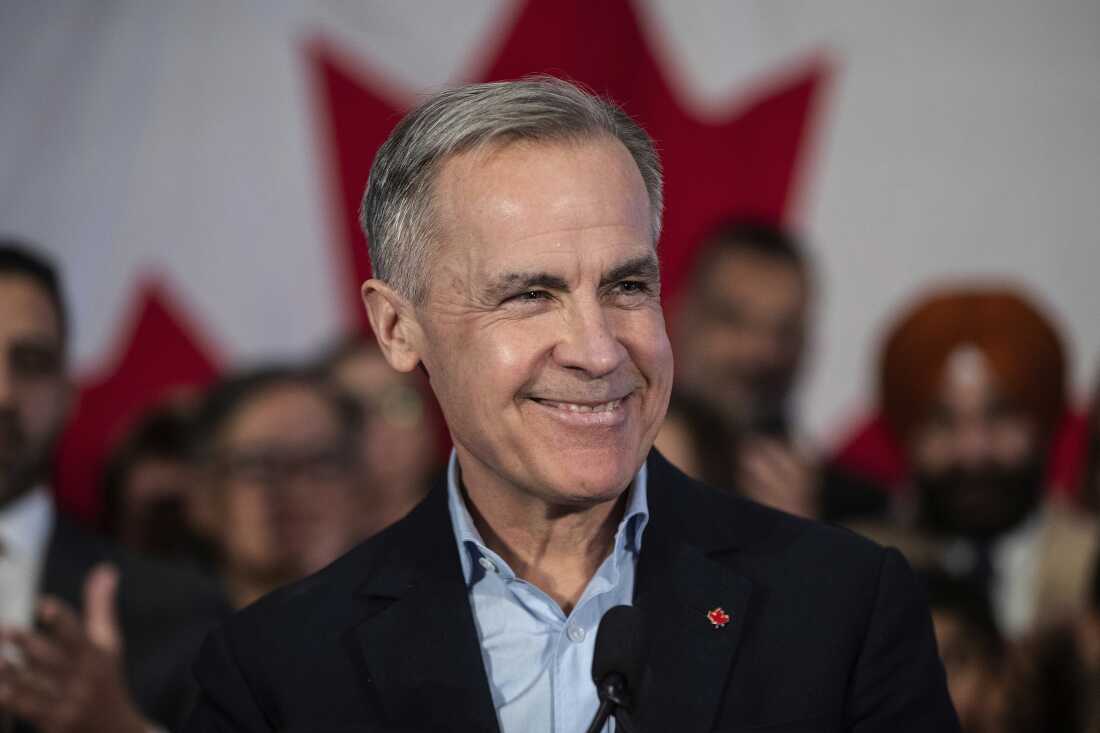
Canada Immigration Reforms: Will Mark Carney’s Policies Deliver Real Change?
Toronto, September 16, 2025 – Canada’s immigration system stands at a crossroads as Prime Minister Mark Carney’s government pushes forward with reforms designed to address record levels of temporary residents while maintaining economic growth.
With almost 3 million non-permanent residents (about 7% of Canada’s population) already in the country—well above the federal target of 5% by 2027—critics and experts warn that drastic measures may be inevitable.
This comes amid growing public pressure on housing, wages, and healthcare systems, alongside heated political debates.
The Challenge: Meeting Immigration Reduction Targets
- Temporary residents include international students, foreign workers, and asylum seekers, all of whom make vital economic contributions.
- Federal goal: Reduce share of temporary residents from 7% to 5% of the population by 2027.
- Risks of failure: Rising housing shortages, longer hospital wait times, and wage stagnation.
- Risks of over-enforcement: Disruptions in industries like agriculture, healthcare, and technology that rely heavily on foreign workers.
Expert View:
Kyle Hyndman, Vancouver-based immigration lawyer:
“The targets are extremely difficult to achieve with millions already here. The challenge is meeting those numbers without creating unintended consequences or violating constitutional rights.”
Signs of a Tougher Immigration Stance Under PM Carney
- Strong Borders Act (June 2025) gives government power to:
- Suspend or cancel immigration applications.
- Strengthen surveillance and border controls (drones, scanners, detention centers).
- Tighten asylum rules for repeat claimants.
- Staffing changes:
- IRCC cut by 3,300 positions.
- CBSA hiring 1,000 new border officers.
- Critics argue application refusals and delays are increasing, deliberately slowing inflows.
- Concern: Risk of creating a shadow economy of undocumented workers if enforcement outweighs integration.
Economic Immigration: Sharpening the Focus
- Government prioritizing immigrants in healthcare, STEM, skilled trades, and agriculture.
- Express Entry system may see reforms to better match labour shortages.
- Provincial Nominee Programs (PNP) slashed from 110,000 to 55,000 spots through 2027, weakening provincial flexibility.
- Experts call for modernization:
- Centralized digital platforms.
- AI-assisted application processing.
- Reducing redundant steps in work permit extensions.
Table: Canada’s Immigration Targets (2024–2027)
| Year | Permanent Residents | Temporary Residents Cap | PNP Allocation |
|---|---|---|---|
| 2024 | 500,000 | N/A | 110,000 |
| 2025 | 395,000 | 673,650 | 55,000 |
| 2026 | 380,000 | 600,000 (est.) | 60,000 |
| 2027 | 380,000 | 550,000 (target) | 60,000 |
Restoring Public Trust in Immigration
- Polls show 60% of Canadians now support reducing immigration, up from 40% in 2023.
- Main concerns:
- Rising housing costs.
- Healthcare bottlenecks.
- Job competition in low-wage sectors.
- Carney’s strategy:
- Balance tougher enforcement with clear economic benefits.
- Ensure immigrants are selected to fill specific labour shortages.
- Increase transparency and stakeholder consultation.
Historical Context: How Canada Reached This Point
- 1967: Introduction of points system.
- 2001: Immigration and Refugee Protection Act.
- 2015–2023: Record immigration levels under Trudeau government.
- 2022–2024: Surged to 500,000 PRs annually + millions of temporaries.
- 2025: Carney pivots towards sustainability, with controlled growth.
Sectoral Impacts of Immigration Reforms
| Sector | Risk of Cuts | Policy Needs |
|---|---|---|
| Healthcare | Severe staff shortages | Fast-track credentials for foreign-trained nurses & doctors. |
| Tech & STEM | Global competition for talent | Expand Express Entry pathways. |
| Agriculture | Reliant on seasonal workers | New models for year-round visas. |
| Construction | Labour gap in trades | Apprenticeship-tied immigration streams. |
Future Outlook Under Minister Lena Diab
- Expect more strict enforcement and PNP recalibration.
- Likely focus on temporary-to-permanent pathways for skilled workers.
- Push for digital modernization to cut backlogs.
- Greater public engagement to rebuild confidence.
For a consultation about Immigration options, reach out to the CAD IMMIGRATION today!





